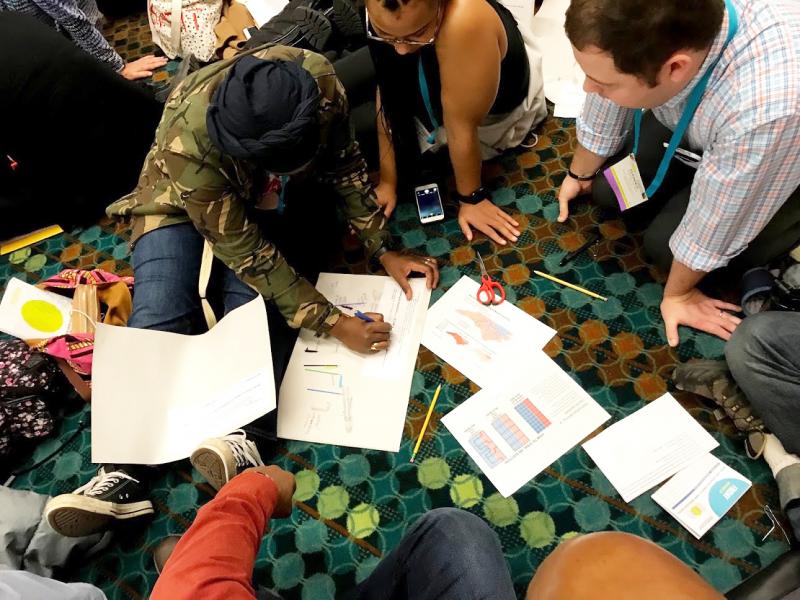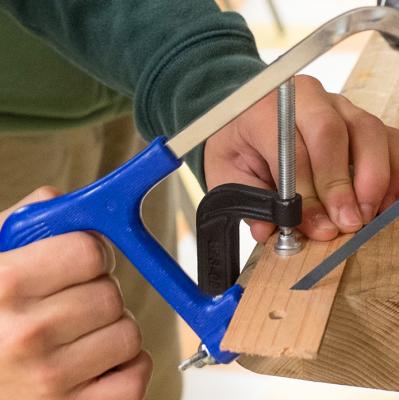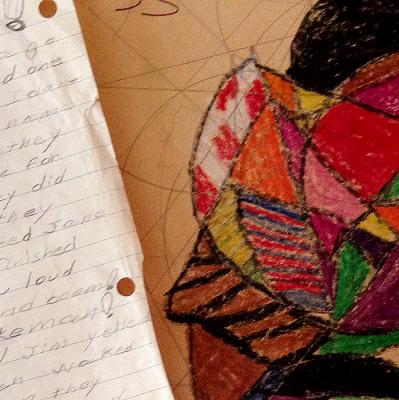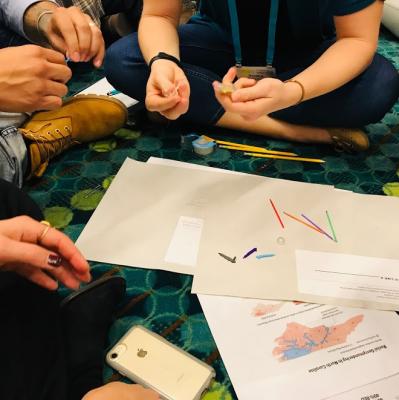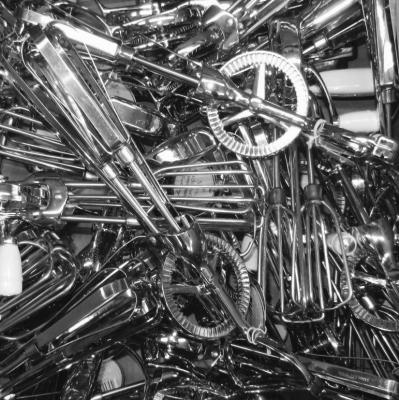This lesson plan is based on a workshop titled “Taking Apart Racism: Using Maker-Centered Practices to Break Down Systems of Oppression,” led by Jaime Chao Mignano and Mark Perkins at the National Association of Independent Schools People of Color Conference (PoCC). To learn more, read the field notes post, Taking Apart to Build Stories of Change.
